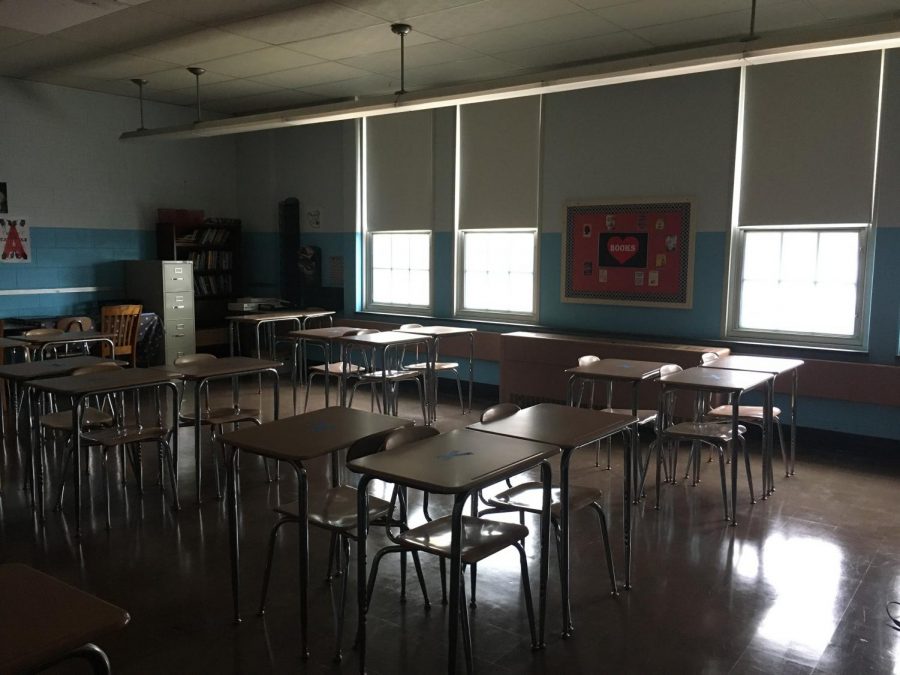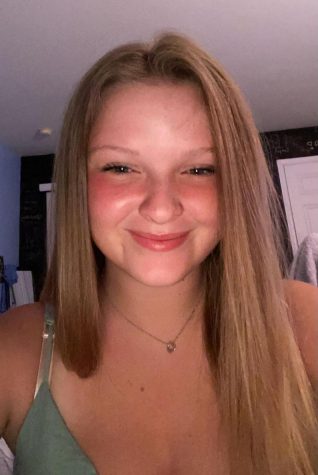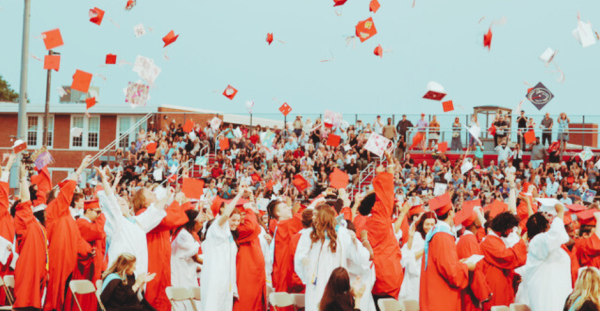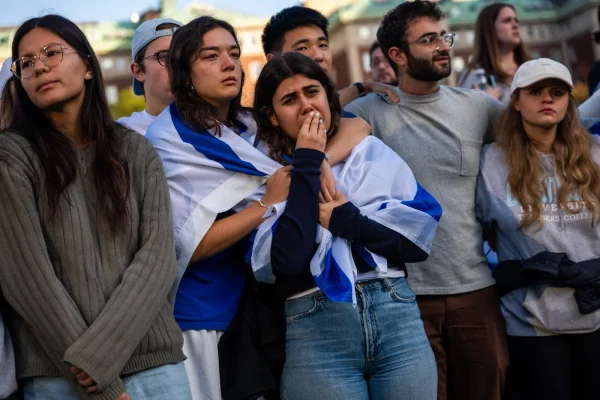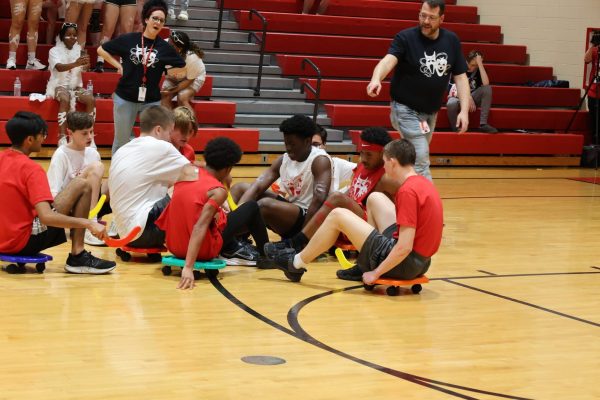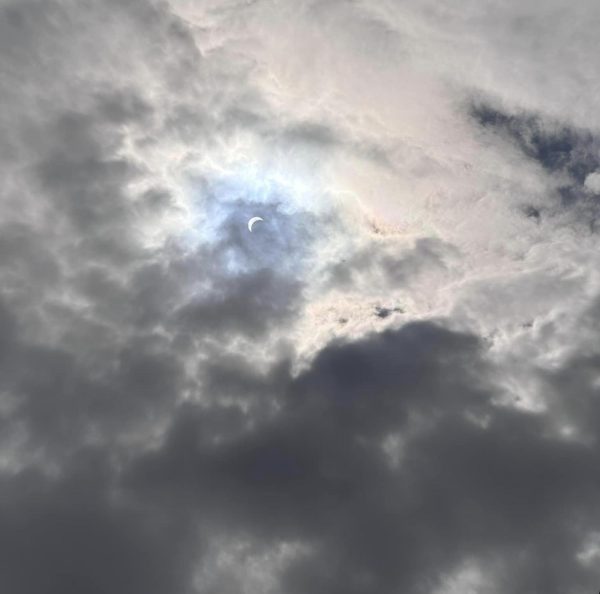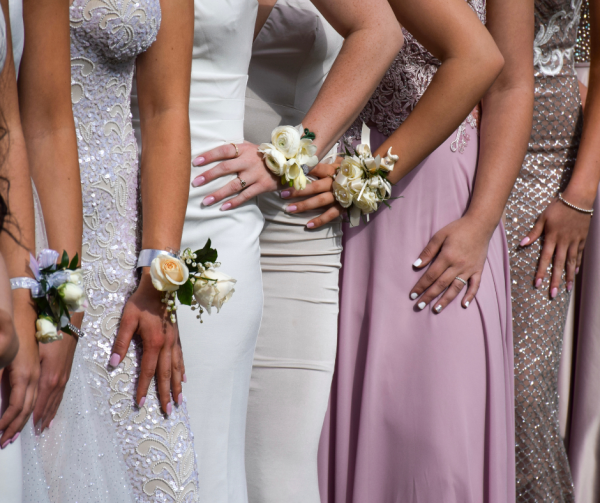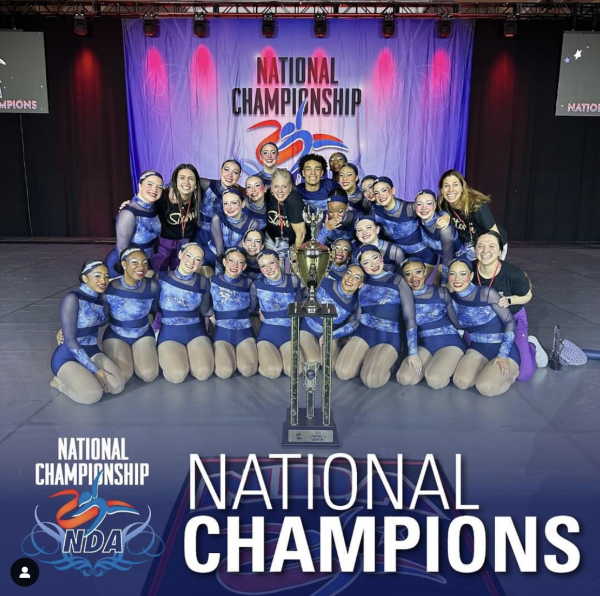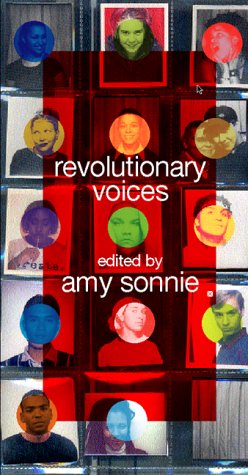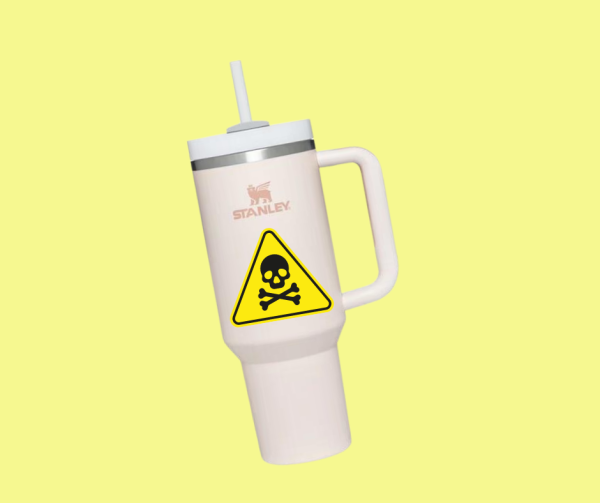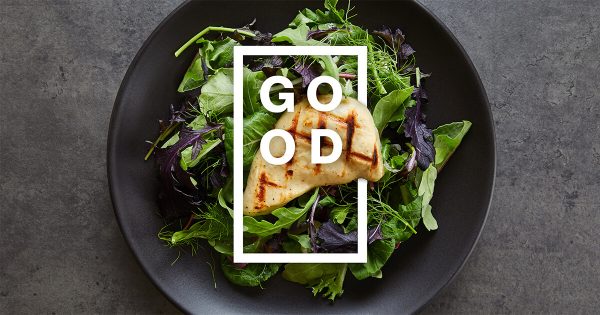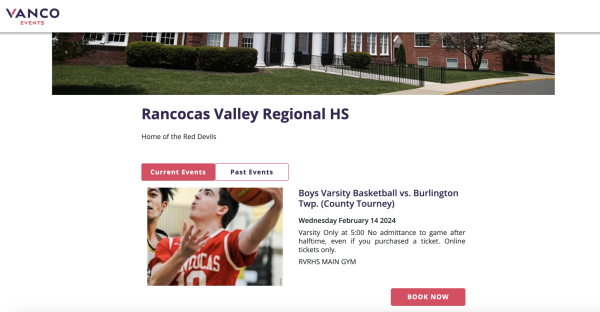In-person attendance dropping at RV
The rise of COVID cases means the return of virtual learning for many.
November 29, 2020
A substantial amount of hybrid-learning students at Rancocas Valley have recently made the switch to at-home learning amid concerns about rising numbers of COVID-positive cases in the community.
Two months into the 2020 school year, there have been no advancements in the plan for students to return to school. Instead, only setbacks. As students lose hope to return to a conventional school day, virtual learning seems to be the preferred option.
“I started off the school year excited to go back as a part of the hybrid learning option for the possibility of a feeling of it being normal again, but as I went week after week for only half of a day, it feels weirder than virtual,” said junior Elaina Corson. “I decided it would just be better for me to stay home because it seemed like there was more cancelling school than there was going back.”
Students feel frustrated as more emails are sent cancelling in-person learning without promising return dates. The first cancellation email sent out on November 2nd affirmed a return date of November 13th. After only ten days following, school was announced to be strictly online once again until December 10th.
“It’s not only that it doesn’t feel worth it to go to school for only a half day with maybe six classmates and a teacher who focuses more on the virtual students, but I also don’t want to risk the health of my family for classmates who aren’t being cautious,” said junior Chris Peterson.
Viewpoints on how to handle cautionary measures pertaining to the pandemic differ throughout the student body. As some may prefer to maintain an active social life, others might have loved ones at home who they are trying to protect. Without the ability to know how exposed other classmates have been to the virus, many students feel the safer option is to opt out of in-person learning and stay home.
“[Students] would be here in school, doing stuff, being active through hands-on activities,” said foods teacher Christine Kebler-Payton. “Now they’re always in bed … I notice a lot of them are in bed during class and seem to think they can get away with a lot more at home … What am I going to do? Reach through the computer and say ‘wake up!’?”
Teachers become frustrated as they lose touch with their students. While some students choose to stay home for cautionary measures, others take advantage of the situation and lose sight of academic priorities.
As COVID cases are on the rise, numbers in the classroom dwindle. With no end in sight and as hybrid learning appears to be the best option for a conventional classroom environment, students lose hope and choose to stay home. Corson encapsulated the general mindset of students shifting to at-home learning when she said, “The unsureness is discouraging, but all we can do is hope for the best”.

